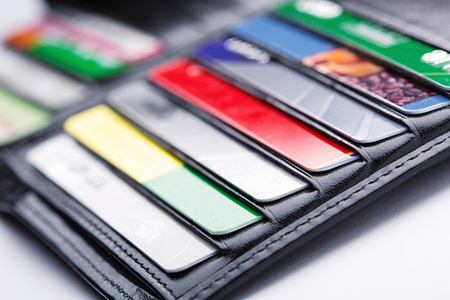If you’ve got a problem with credit card debt, there might be a simple solution that’s already sitting in your wallet or purse — a $20 bill.
Having cash in your pocket may seem counterintuitive. If you’ve heard the phrase “burning a hole in my pocket,” then you know how enticing it can be to spend money you’re carrying around.
But having cash on hand can cause you to spend less money than you would with a credit card — at least for small purchases — researchers have found.
A study by the Urban Institute found that using cash when a purchase is under $20 left the consumer with $104 less in revolving debt, on average. That dropped their credit card balances 2 percent below their baseline average.
For young people, the $20 cash rule led to more savings. People under 40 who were reminded “don’t swipe the small stuff” and to use cash on purchases for less than $20 had $173 less in revolving debt.
Credit keeps charging
The group also sent reminders to credit union members that “credit keeps charging” and that using a credit card adds about 20 percent to the total cost of something.
People who received that reminder didn’t significantly change the amount of their credit card debt, the survey found, but younger people did charge less. People under 40 who received the reminder about the cost going up by 20 percent with a credit card had $160 less in credit card debt.
A swipe is easy
Swiping a credit card can seem a lot easier and cheaper than using cash because you’re not parting with anything tangible. Seeing a $20 bill leave your wallet feels more like spending money than using a plastic card to buy something. After all, a $6 drink doesn’t look too bad when compared to a $5,000 spending limit on your credit card.
Having cash on hand helps you refrain from making small impulse purchases, which quickly add up. Check your credit card statement – seeing is believing.
I hope you found this information helpful. Please contact me for all your real estate needs today!











